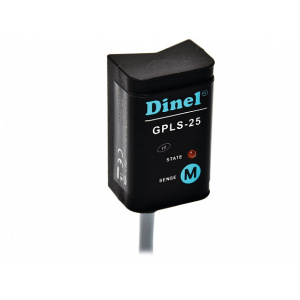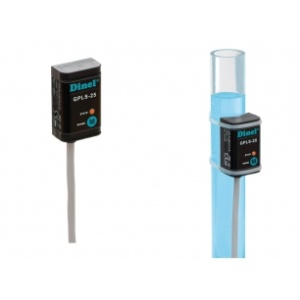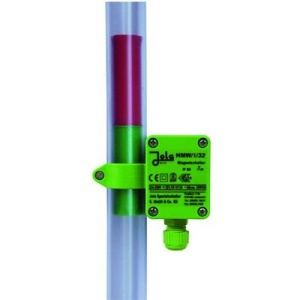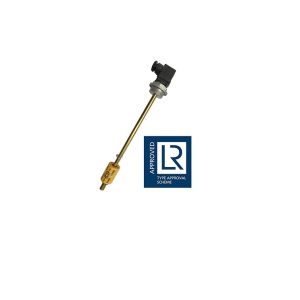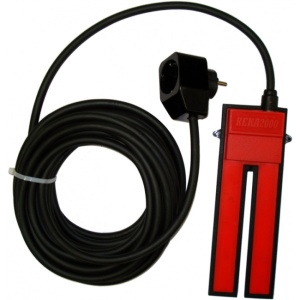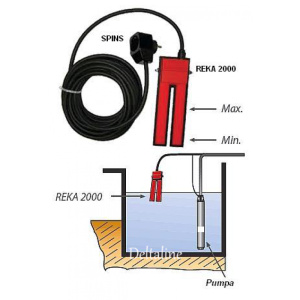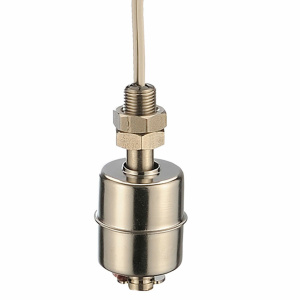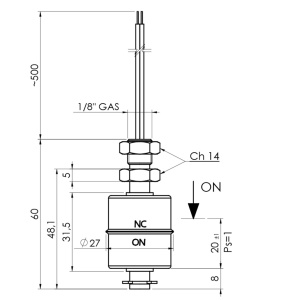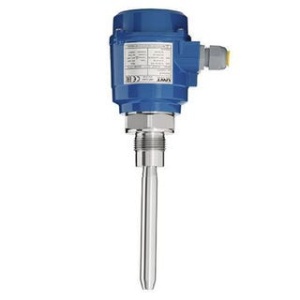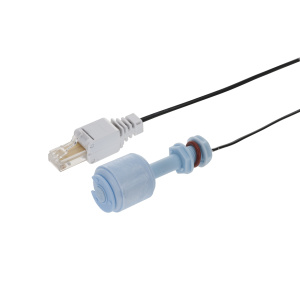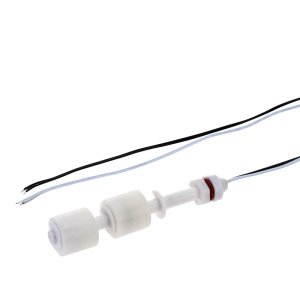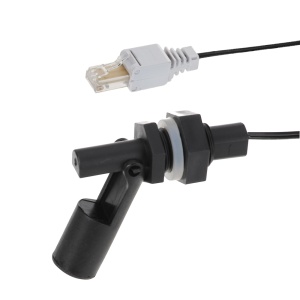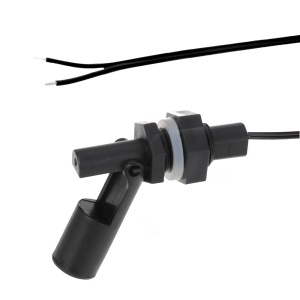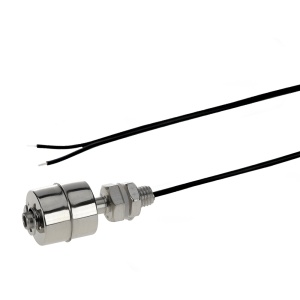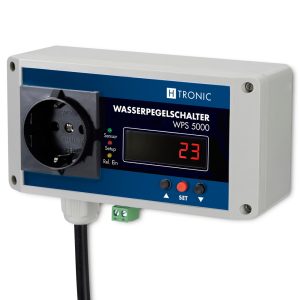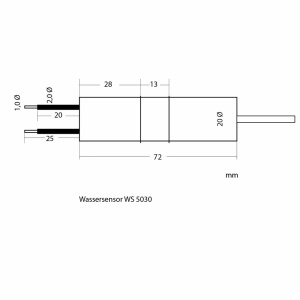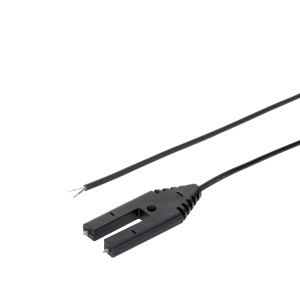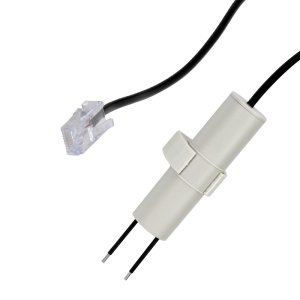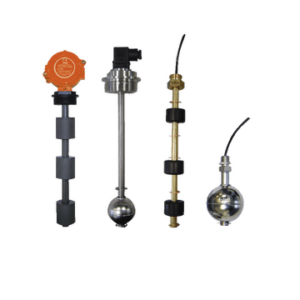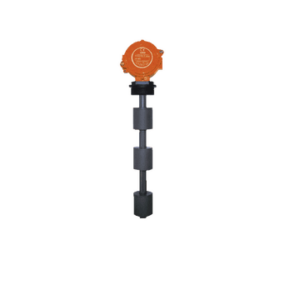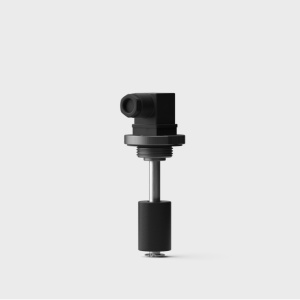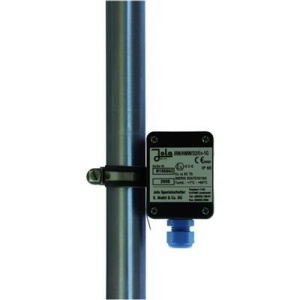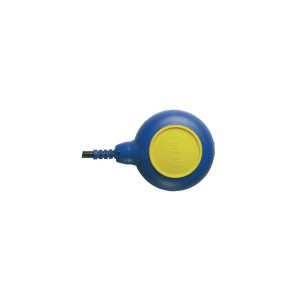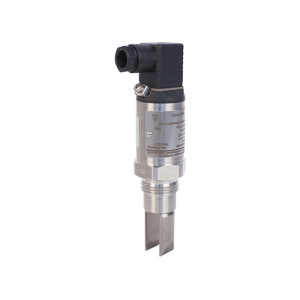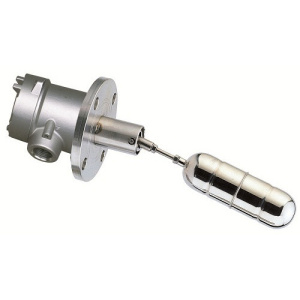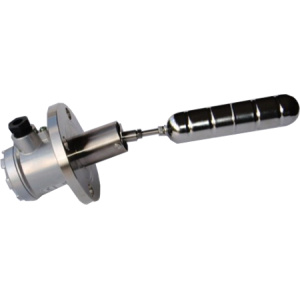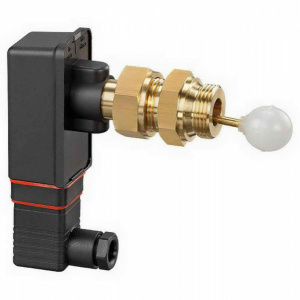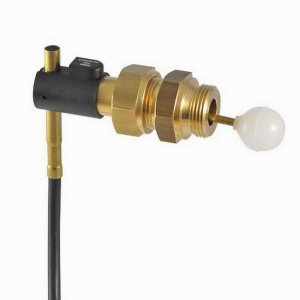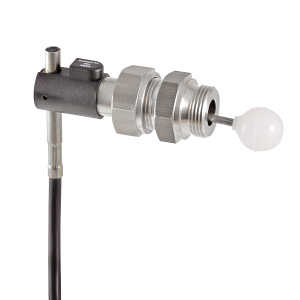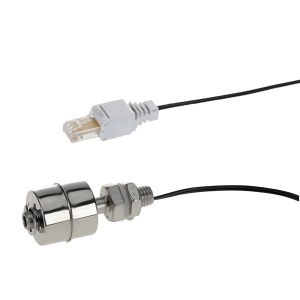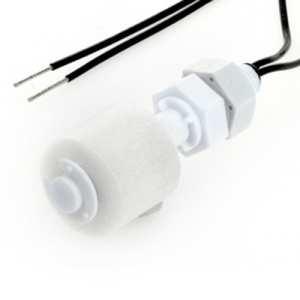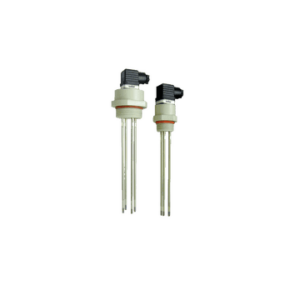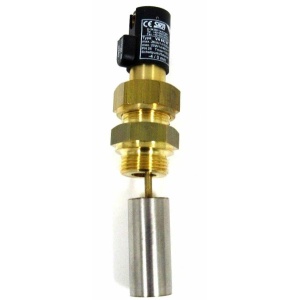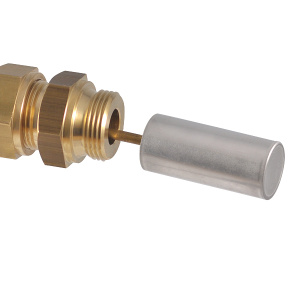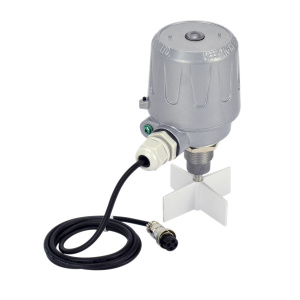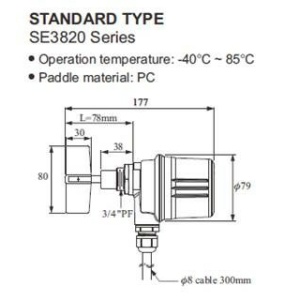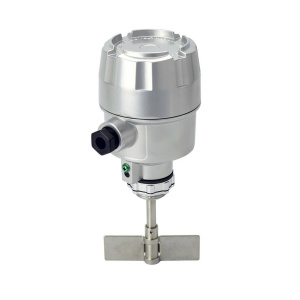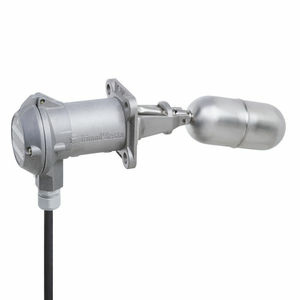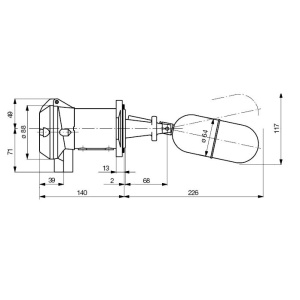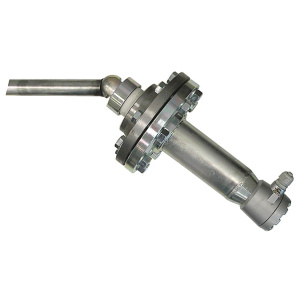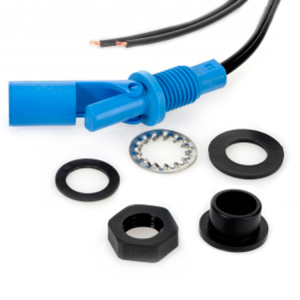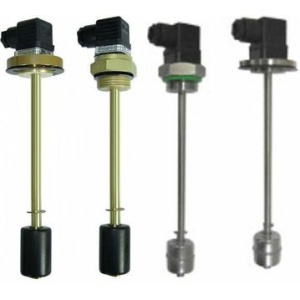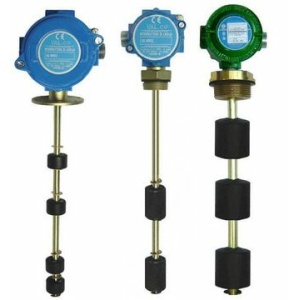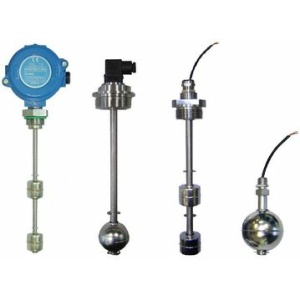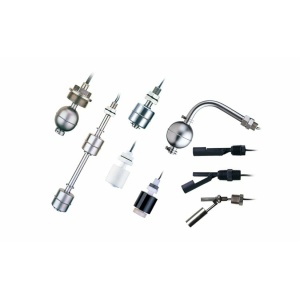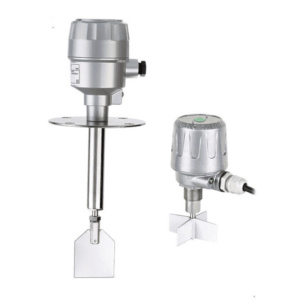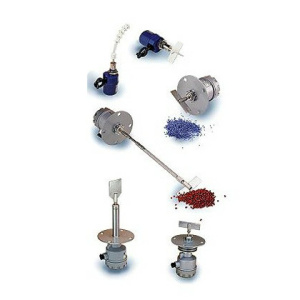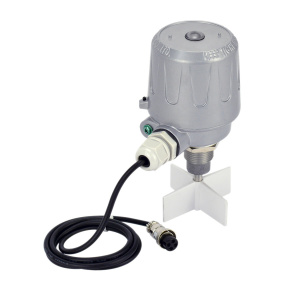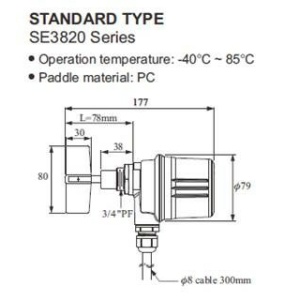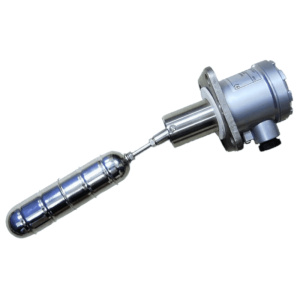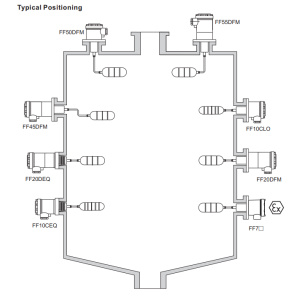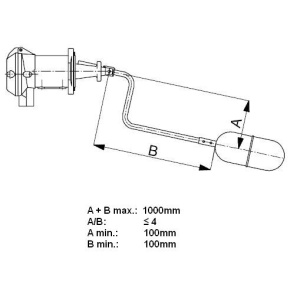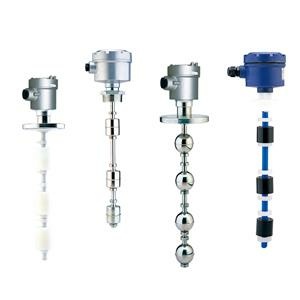Mechanical level switches
Mechanical Level Switches
Contactless level detection GPLS-25N-0-A-S-K2 (pipe/tube mounting)
Mechanical Level Switches
Contactless level detection GPLS-25N-1-A-S-K2 (flat mounting)
Mechanical Level Switches
Level switch with larger magnet for 32 mm pipe (clamping band) HMW-3-32-GR
Elettrotec
Mechanical Level Switches
Mechanical Level Switches
Mechanical Level Switches
Level switch, REKA 2000 ML-10 mtr, for 230 V pumps (empty pumps)
Mechanical Level Switches
Mechanical Level Switches
Mechanical Level Switches
Contactless level detection GPLS-25N-0-A-S-K2 (pipe/tube mounting)
Mechanical Level Switches
Mechanical Level Switches
Mechanical Level Switches
EX LEVEL SWITCH FOR 32MM PIPE / IRN/HMW/32/EX-1G II 2 G EX IA IIC T6
Mechanical Level Switches
Mechanical Level Switches
Mechanical Level Switches
Level switch, REKA 2000 ML-10 mtr, for 230 V pumps (empty pumps)
Mechanical Level Switches
Mechanical Level Switches
Mechanical Level Switches
H-Tronic
Mechanical Level Switches
Mechanical Level Switches
Level switch Type VH602M - 1500 mm cable- stainless steel float
Mechanical Level Switches
Mechanical Level Switches
Mechanical Level Switches
Mechanical Level Switches
Mechanical Level Switches
Compact level transmitter MKLS - MN33-350-550-0-XX (stainless steel float)
Mechanical Level Switches
Mechanical Level Switches
Mechanical Level Switches
Mechanical Level Switches
Mechanical Level Switches
Mechanical Level Switches
Stainless steel level switch type MULTIPOINT-S / 1-6 control points
FineTek
Mechanical level switches
Here are some features and applications of mechanical level switches:Simple design: Mechanical level switches generally have a simple design with moving parts, such as float mechanisms or balls, that respond to the level of the fluid.
Robustness: Due to the absence of electronic components, mechanical level switches are often more robust and able to withstand harsh conditions, such as corrosive or explosive environments.
Reliability: They are known for their reliability in various applications because they are less prone to failures caused by such things as dust, dirt or electrical interference.
Easy installation: Mechanical level switches are generally easy to install and maintain, making them suitable for various industrial and domestic applications.
Applications:
Water tanks: Mechanical level switches are often used in water tanks to control water flow or prevent overflow.
Oil and fuel tanks: They are deployed in tanks for oil, diesel, or other fuels to monitor the level and prevent tanks from becoming excessively empty.
Chemical storage: Mechanical level switches are used in the chemical industry to monitor the level of various liquid chemicals.
Wastewater management: For controlling the water level in wastewater tanks and sewage systems.
Industrial Applications: In various industrial processes where fluid levels must be closely monitored to ensure optimal operation.
The choice of a mechanical level switch depends on the specific requirements of the application, such as the type of fluid, environmental conditions and desired switching capacity.

